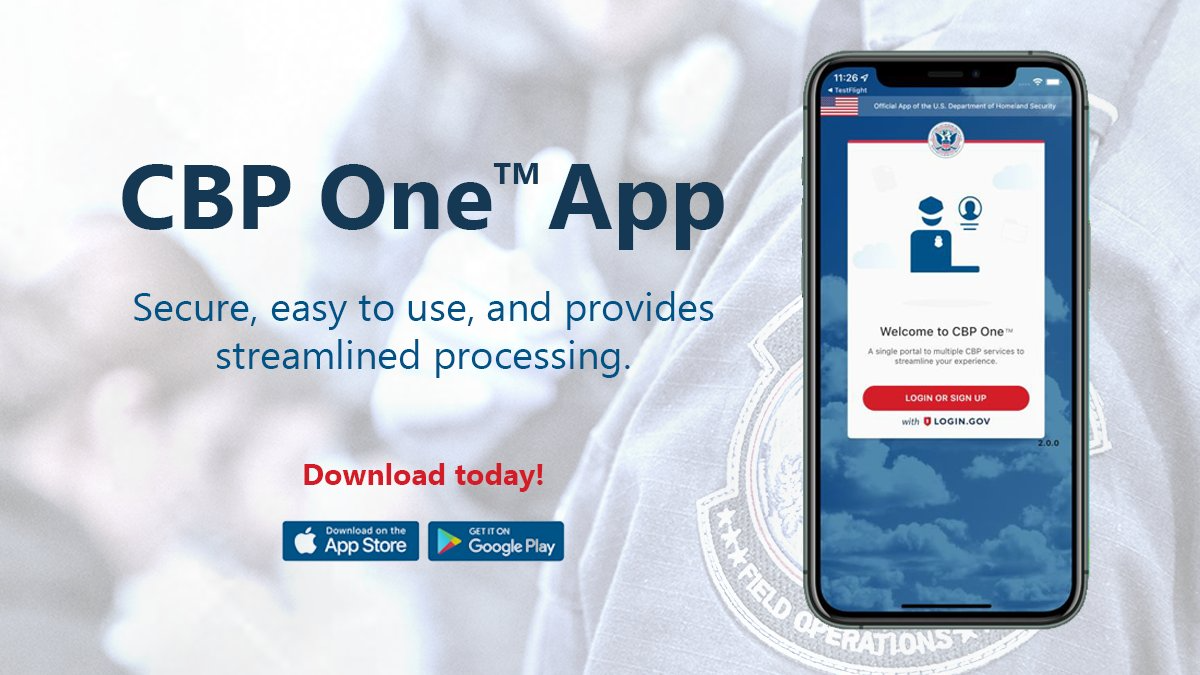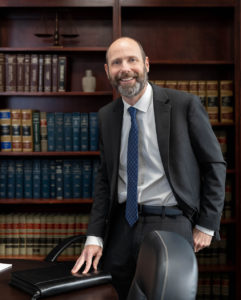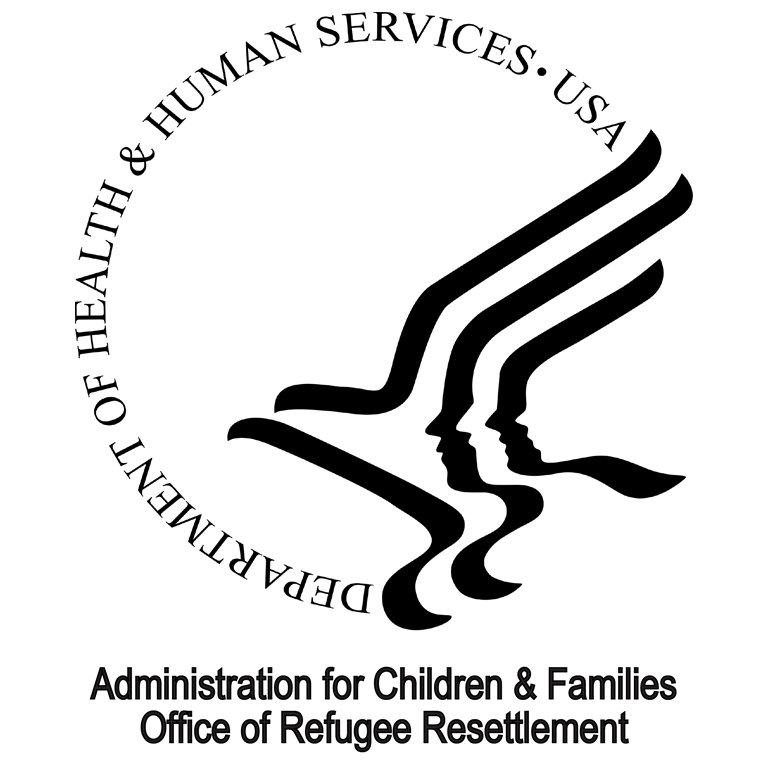‘CBP One’ App Will Have Real Blood on Its Metaphorical Hands
The fact sheet for the Biden administration’s January 5 “New Border Enforcement Actions” includes an admission that it’s allowing would-be illegal migrants in Mexico to schedule interviews to present their “protection claims” at land ports of entry through the CBP One app. It’s simply the latest chapter in the administration’s management of the decline in border security that it’s birthed at the Southwest border, but more importantly, this process will do nothing to prevent the harms that those migrants endure during the trip north. As a result, both the administration’s policy and that app will have real blood on their metaphorical hands.
The Decline in Border Security Under the Biden Administration. When President Trump left office, the United States enjoyed what Biden’s first Border Patrol chief, Rodney Scott, described in September 2021 as “arguably the most effective border security in” U.S. history. As Scott explained, however, control rapidly disintegrated under Biden as “border security recommendations from experienced career professionals” were “ignored and stymied by inexperienced political employees”.
That effort flowed from the top down. One of President Biden’s first orders of business was to quickly dismantle the policies Trump had put in place that provided that border security to begin with.
The most notable — and effective — of those Trump policies was the Migrant Protection Protocols (MPP), better known as “Remain in Mexico”. MPP allowed DHS to send non-Mexican aliens apprehended entering illegally back across the border to await their asylum hearings.
In an October 2019 assessment of the program, DHS determined that Remain in Mexico had “been an indispensable tool in addressing the ongoing crisis at the southern border and restoring integrity to the immigration system”. Asylum cases were expedited under the program, DHS found, and MPP removed incentives for aliens to make weak or bogus claims after entering illegally in an effort to remain here.
Then-candidate Joe Biden vowed to end MPP, and shortly after he took office, DHS suspended MPP and began bringing the approximately 25,000 migrants who were still in Mexico into the United States.
In April 2021, the states of Texas and Missouri sued to force DHS to continue returning migrants to Mexico under the program (in Texas v. Biden). That case has been bouncing around the federal courts ever since. Consequently, however, just 5,574 of the more than 2.2 million aliens apprehended at the Southwest border in FY 2022 were returned to Mexico under MPP — the last 151 in August.
Note that just before taking office, Biden explained that he would end Trump’s border policies, but only “at a slower pace than he initially promised, to avoid winding up with ‘2 million people on our border’”, and only once “guardrails” were erected “to find a solution to the immigration issue”.
Biden hasn’t offered any solutions to “the immigration issue”, however, and has also failed to set up any “guardrails” that would prevent two million-plus new entries each year. Worse, however, and in a break with all of his predecessors, Biden has refused to take any steps that would deter foreign nationals from entering illegally.
That’s why more than 2.2 million aliens were apprehended by agents crossing the Southwest border illegally in FY 2022, and an additional 599,000 others (known colloquially as “got-aways”) entered illegally last fiscal year and elluded agents to make their way successfully to the interior.
“Safe, Orderly, and Legal”. DHS Secretary Alejandro Mayorkas explained why Biden eschewed the deterrence of illegal entrants as a border policy in an interview with Bret Baier on “Fox News Sunday” on May 1.
Baier asked Mayorkas whether it is the Biden administration’s objective “to reduce, sharply reduce the total number of illegal immigrants coming across the southern border? Is that the objective?” To which Mayorkas responded: “It is the objective of the Biden administration to make sure that we have safe, orderly, and legal pathways for individuals to be able to access our legal system.”
Seemingly contradicting himself, however, the secretary next contended: “We are against irregular migration. We are against individuals taking a perilous journey, putting their lives in the hands of the smugglers, and trying to enter the United States between the ports of entry.” Hold that thought.
By “safe, orderly, and legal pathways for individuals to be able to access our legal system”, Mayorkas was referring to the U.S. asylum system, under which aliens — including those who entered illegally — may seek lawful status in the United States if they’ve been subject to torture or persecution back home.
Asylum (a status placing a recipient on a path to a green card and citizenship) is tightly circumscribed under U.S. law, however. Specifically, to be granted asylum, an alien must show past persecution or a well-founded fear of future persecution on account of race, religion, nationality, membership in a particular social group, or political opinion if the alien is returned.
Poverty, common criminality, and generalized threats of harm don’t satisfy that asylum standard, and yet most of the aliens who have entered the United States under the Biden administration are simply “seeking a better life” here, regardless of whether they have a valid asylum claim.
You don’t have to trust me on these points, however — they were the subject of a very interesting discussion between Fareed Zakaria from CNN and former President Bill Clinton in the fall. Here is the key part of that exchange:
Zakaria: One of the things that I think the right has hammered at with regard to the Democratic Party and President Biden is this issue of refugees coming into the United States. And I think it’s fair to say that that the asylum system seems to be broken. This was meant to be a system that allowed people who were in desperate circumstances, and now what you have is a lot of people who are essentially economic migrants coming in, essentially gaming the system, using the asylum system. Isn’t it true that there has to be some order placed on this? Some controls?
Clinton: I agree with that. That is, there is a limit on how many migrants any society can take without severe disruption and assistance, and our system is based much more on an assumption that things would be more normal. As long as I can remember, we’ve had an immigration system, we’ve given green cards to people from other countries who’ve had valuable skills that we needed. And it generally had a lot of support until somebody felt that their economic interests [were] threatened.
The reason why the Biden administration’s focus on “safe, orderly, and legal pathways” for migrants to seek asylum led to the illegal entry of nearly three million aliens in FY 2023 is that the president has ignored a congressional mandate directing that all aliens who enter illegally be detained — from the moment of apprehension until they are granted asylum or, alternatively, removed.
By my estimate, some 1.8 million aliens who were apprehended at the Southwest border under the Biden administration have been released into the United States, where they will wait years for asylum hearings. At the end of that process, most of their claims will be denied, and yet DHS will never be able to remove more than a fraction of them.
The Biden administration’s vehicle of choice for releasing those aliens is known as “parole”. Unlike parole in the criminal context, immigration parole under section 212(d)(5)(A) of the Immigration and Nationality Act (INA) allows an otherwise inadmissible alien to enter the United States.
That said, Congress has tightly limited DHS’s authority to release aliens on parole. By statute, DHS may only grant parole “on a case-by-case basis for urgent humanitarian reasons or significant public benefit”.
The Biden administration, however, has ignored those statutory restrictions and all-but made parole its own unlimited (and unauthorized) category for alien entry. For example, of the just fewer than 174,000 migrants apprehended at the Southwest border and processed for removal under the INA in December, more than 130,000 — 75 percent — were released on parole.
There’s no justification for that in the INA, and not surprisingly, Biden’s abuse of DHS’s parole power to release illegal entrants is the subject of state challenges in both Texas v. Biden and Florida v. U.S.
Biden’s “New Border Enforcement Actions” and CBP One. Which brings me back to Biden’s “New Border Enforcement Actions” and the CBP One app.
Even while the administration is fighting challenges to its parole release policies in Texas and Florida, it is expanding its unauthorized use of that same parole authority, as detailed in that January 5 White House release.
There are two new parole proposals in the president’s New Border Enforcement actions. One is a form of “advance parole” for nationals of Venezuela, Nicaragua, Haiti, and Cuba, which allows them to apply from their home countries for a two-year entry into the United States.
More saliently for purposes of this analysis, however, the other allows nationals of those countries — and every other country in the world including Mexico — to use the CBP One app to schedule an appointment at a border port of entry to present an asylum claim.
Some quick background: Aliens seeking admission to the United States must present themselves for inspection at ports of entry, with documents (generally U.S. visas) that permit them to be admitted into the United States.
If they don’t have visas or other proper entry documents, DHS may use its congressionally authorized “expedited removal” authority to send them back home, without having to place them into removal proceedings before an immigration judge.
Expedited removal is exactly what it sounds like: A fast-track process by which aliens without documents allowing them to be admitted (including illegal entrants) are quickly removed.
The exception to (and inherent defect in) that fast-track process applies in the cases of aliens who have asserted a fear of harm or expressly requested asylum. By statute, they are to be sent to an asylum officer from USCIS to determine whether they have a “credible fear” of persecution.
Credible fear is a screening process to determine whether an alien may be eligible for asylum, and thus the standard for credible fear is low: “a significant possibility, taking into account the credibility of the statements made by the alien in support of the alien’s claim and such other facts as are known to the officer, that the alien could establish eligibility for asylum”.
Aliens enter the United States illegally for any number of reasons, but what all illegal entrants have in common is that they are coming to live and work here. When they are detained — again as the INA requires — their ability to do so is constrained unless and until they are granted asylum.
As noted, however, the administration — by and large — isn’t detaining illegal migrants; it’s releasing them, primarily on parole, which just encourages new migrants to arrive in increasing numbers.
The CBP One interview scheme in Biden’s New Border Enforcement Actions will expedite that process while applying a thin veneer of legality to it. Migrants will no longer have to enter illegally to be granted the parole allowing them to live and work here for years while their asylum applications languish in immigration court — all they will have to do is show up at a port of entry.
And the January 5 White House fact sheet doesn’t suggest that any of those migrants will even be interviewed for credible fear before they are granted parole and released into this country. Given the fact that a credible fear interview can take hours to complete, if they were to be interviewed, it would effectively tie up so many resources that legitimate travelers wouldn’t be able to get in.
In any event, this proposal turns the expedited removal process on its head; rather than a procedure by which DHS can quickly remove aliens who have entered illegally, it will become one in which aliens who have no right to enter will be ushered in, to remain indefinitely.
On that ground, and on the ground that the administration has no authority to parole aliens into the United States in this manner, it fails the “legal” prong of the “safe, legal, and orderly” standard.
In fact, the only prong that it does satisfy is the “orderly” part. Funneling migrants through the ports to release them is a lot more efficient than waiting until they enter illegally to do so.
Biden’s Scheme Is Not “Safe”. The biggest problem is that not only isn’t this CBP One port-parole scheme safe, but it will actually endanger even greater numbers of foreign nationals by encouraging them in greater numbers to travel illegally to the other side of the Southwest border.
It was common under the Obama administration for outlets ranging from the White House itself to NPR to National Geographic to detail the dangers that migrants face when they are smuggled to the United States.
Those dangers are not limited to the U.S. side of the border, where aliens could drown in the Rio Grande or get lost and fall into distress in the wilderness of the Sonoran Desert while crossing. The greatest dangers come from the smugglers themselves, and their confederates during the journey north.
Reporting on those dangers largely stopped once Trump took office. That’s not to say that the White House did not continue to warn of them, and in fact they were succinctly summarized in an April 2019 report by a bipartisan federal panel working under the aegis of the Homeland Security Advisory Council:
Migrant children are traumatized during their journey to and into the U.S. The journey from Central America through Mexico to remote regions of the U.S. border is a dangerous one for the children involved, as well as for their parent. There are credible reports that female parents of minor children have been raped, that many migrants are robbed, and that they and their child are held hostage and extorted for money.
Criminal migrant smuggling organizations are preying upon these desperate populations, encouraging their migration to the border despite the dangers, especially in remote places designed to overwhelm existing USBP infrastructure, and extorting migrants along the way, thereby reaping millions of dollars for themselves and the drug cartels who also charge money to cross the border.
If you don’t want to listen to a Trump-era panel, however, consider the following, from then-Vice President Joe Biden, speaking in Guatemala City in June 2014 about unaccompanied alien minors being smuggled to the United States:
These smugglers — and everyone should know it, and not turn a blind eye to it — these smugglers routinely engage in physical and sexual abuse, and extortion of these innocent, young women and men by and large.
And they profit from the misery of these children and teenagers; these desperate, desperate young people.
Or how about a May 2017 report from NGO Doctors Without Borders, which found that “68.3 percent of the migrant and refugee populations entering Mexico reported being victims of violence during their transit toward the United States”, and that “nearly one-third of the women surveyed had been sexually abused during their journey”.
The United States should not be creating an “attractive nuisance” that draws migrants to undertake a journey in which there is a high probability that they will be assaulted, raped, and killed.
And yet, that’s exactly what the president’s CBP One port reservation scheme does. To appear at the port, a migrant will actually have to appear at the port, as the January 5 fact sheet makes clear. CBP One is accessible to aliens “located in Central and Northern Mexico seeking to enter the United States”. That means a dangerous and illegal trip from the south.
The administration can dress up this process all that it wants, but what the White House’s New Border Enforcement Actions do is manage the decline in security that the administration itself has created at the Southwest border.
The president should listen to Joe Biden, circa 2014, and understand that the worst and most shocking dangers migrants face are on the other side of the U.S.-Mexico line. Until that happens however, his port parole scheme, and the CBP One app that facilitates it, will have real blood on their metaphorical hands.






